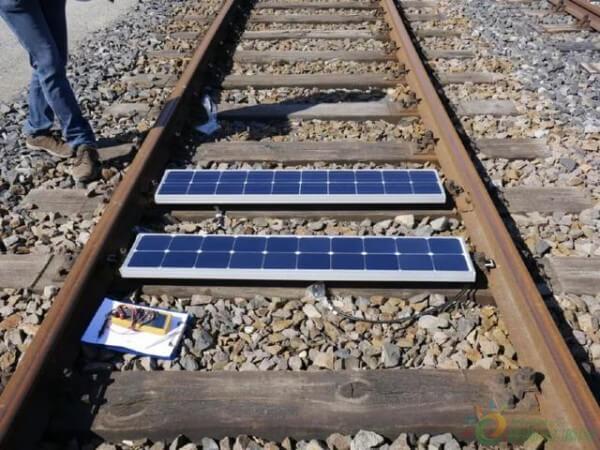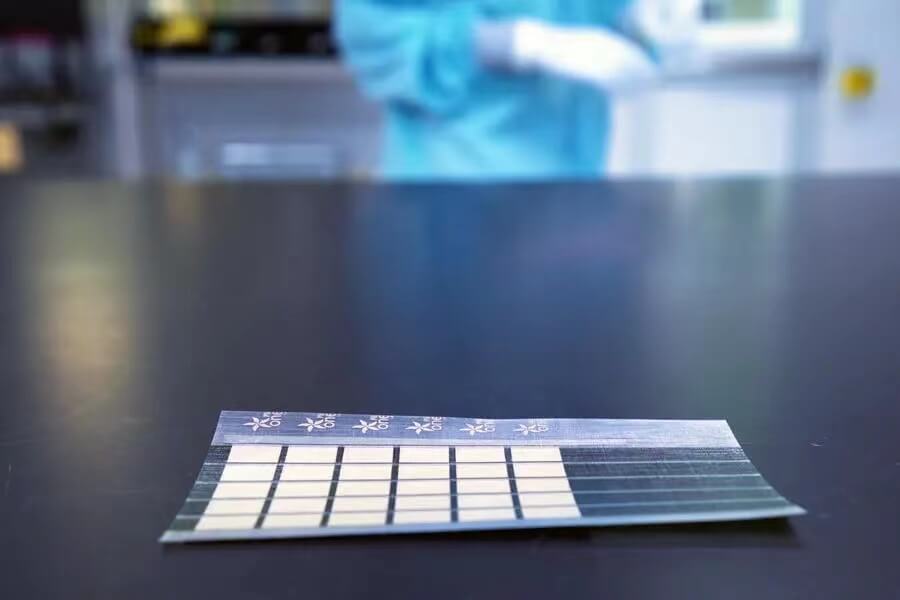A residential off-grid PV system typically includes the following equipment:
Solar panels: These are the primary component of the system and are used to capture energy from the sun and convert it into usable electricity.
Batteries: These are used to store the energy generated by the solar panels for use when the sun is not shining.
Inverter: This device converts the DC (direct current) electricity generated by the solar panels and stored in the batteries into AC (alternating current) electricity that can be used to power household appliances and electronics.
Charge controller: This device regulates the flow of electricity from the solar panels to the batteries, preventing overcharging and extending the life of the batteries.
Backup generator: This is optional but is often included in off-grid systems as a backup power source in case of extended periods of cloudy weather or other power outages.
Monitoring system: This system allows homeowners to monitor the performance of the PV system and track energy production and consumption.
In addition to these primary components, a residential off-grid PV system may also include wiring, fuses, and other electrical components to ensure safe and efficient operation of the system.



